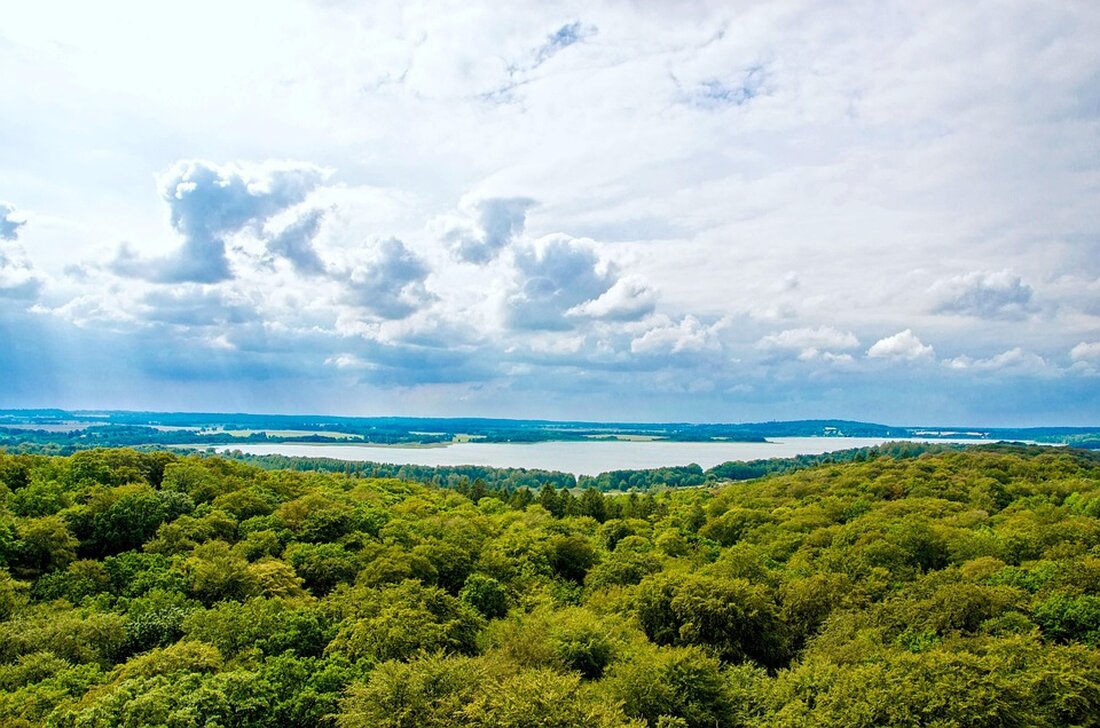Prora: From dream destination to ghost town – what happened to the Baltic Sea pearl?
Discover the history of the Baltic Sea and the KdF complex in Prora, a surprisingly little-visited holiday destination.

Prora: From dream destination to ghost town – what happened to the Baltic Sea pearl?
The Baltic Sea is very popular among German holidaymakers. In 2022, the Baltic Sea islands of Rügen and Hiddensee had around 1.4 million tourists. But the tourism potential of Prora, a historical complex near Binz, remains unused. This formerly planned KdF complex, whose construction was halted in 1939 due to World War II, is avoided by travelers and has attracted fewer and fewer visitors in recent years. derwesten.de reports that most of the blocks in Prora are empty.
Originally designed by architect Clemens Klotz to provide affordable vacations for German workers, the facility was designed for a total of 10,000 guest rooms, all with sea views. However, the building did not remain untouched after the war: the Red Army and later the GDR's National People's Army (NVA) used the site. The complex has been open to the public since 1993 and was declared a listed building in 1994. However, plans to create a modern holiday resort and to come to terms with the history of National Socialism appear to have stalled. Development has fallen short of expectations and facilities do not provide the welcome feeling desired. Problems in the tourism infrastructure are evident.
Economic challenges
In 2024, the Prora Center filed for bankruptcy, which further dampens the prospects for tourism development. These challenges are also reflected in the economic situation: the average price per square meter for real estate in Prora is 5,741 euros. Despite these difficulties, there are still positive voices among business owners. For example, Mohammed Ali Abid, who sells ice cream, and the operators of the “Patcus” café are optimistic about future developments.
A sign of the possibilities of the location is Block III, where the Prora Museum Mile is located, which houses various museums. In 2001, the Prora Documentation Center was opened, which deals intensively with the history of the KdF seaside resort. The Denk-MAL-Prora initiative is actively committed to examining the history of the place and creating awareness of the previous usage traditions.
Future prospects
The tourist attraction of Prora lies not only in the relaxation by the sea, but also in the communication of historical content. Annual sand sculpture exhibitions are held in the complex, which attract many visitors and reflect the potential of the place. Nevertheless, the growing feeling of “private” character in the renovated buildings remains a challenge that needs to be overcome.
Prora has transformed from a complex originally planned as a holiday resort into a place that is strongly influenced by its history. The question remains whether the necessary structural and social changes can be implemented to make this unique location a sought-after tourist attraction again. The coming years will be crucial for the future of Prora and its historical objects.

 Suche
Suche
 Mein Konto
Mein Konto